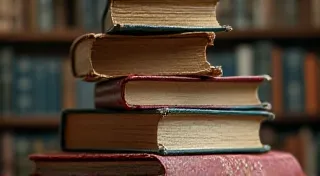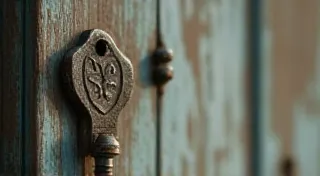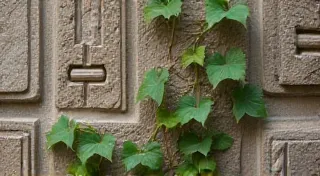The Parchment’s Lament: Restoring Ancient Scripts with Left-Handed Sensitivity
There's a particular ache, a resonance, when you hold a piece of truly ancient parchment. It’s not just the fragility, the feeling of history crumbling in your hands, but something deeper: the echo of the hand that first traced those elegant lines. As a left-handed calligrapher, I'm acutely aware of that hand, often a stranger to the script itself, and the subtle biases that can creep into any attempt at faithful reproduction.
My journey into historical calligraphy started, surprisingly, with a love for antique accordions. The intricacy of their mechanisms, the way each meticulously crafted reed contributed to a complete and vibrant sound – it fostered a deep appreciation for craftsmanship, for the dedication required to create something beautiful and enduring. I realized that calligraphy, particularly the scripts of centuries past, shared that same ethos. These weren’t just pretty letters; they were expressions of a culture, a worldview, painstakingly rendered by skilled artisans.
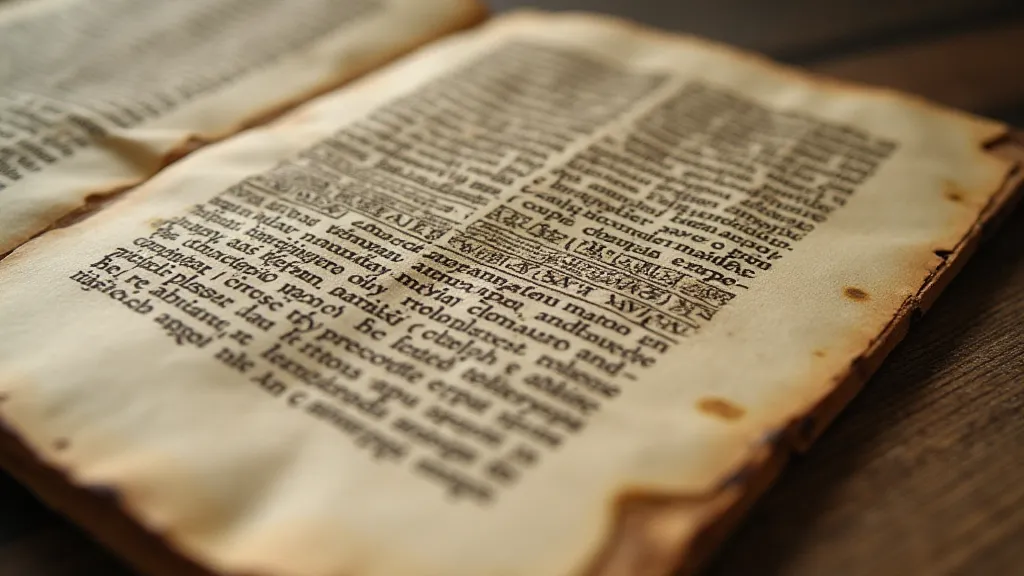
The Mirror’s Distortion: Addressing Left-Handed Challenges
But replicating these historical scripts as a left-handed calligrapher presents unique challenges. We're essentially mirroring the work of right-handed scribes, a simple act that introduces a subtle but significant distortion. Right-handed script often shows a slight natural forward pressure, a lean towards the page that subtly influences the letterforms. When we mirror that, we might inadvertently recreate a 'reverse' lean that wasn't originally intended. It's a ghost in the ink, an echo of a hand that isn't ours.
Then, of course, there’s the ever-present battle against ink smudging. Dragging your hand across wet ink is practically a rite of passage for lefties, and historical scripts often rely on subtle shading and variations in ink density. Successfully achieving those nuances requires a completely different approach than simply avoiding contact—it demands embracing the interaction while minimizing its impact. I've experimented with a multitude of papers, inks, and even protective films to find the sweet spot where the script emerges cleanly. Understanding the impact of pressure is crucial, and I’ve often found myself revisiting the fundamentals—something I explored in more detail when researching The Shadowed Quill: Investigating the Impact of Pressure on Left-Handed Calligraphy. It's a constant learning process, balancing artistry and technique.
Understanding Historical Context: A Deeper Appreciation
Restoring or faithfully reproducing a historical script isn't just about copying the letterforms; it’s about understanding the context in which they were created. What was the purpose of the document? Who was the intended audience? What tools and materials were available to the scribe? A seemingly minor detail – the type of quill used, the angle of the hand, the very humidity of the workshop – can all influence the final product.
Consider the evolution of Carolingian minuscule, a script championed by Charlemagne in the 8th century. Its purpose wasn't just aesthetic beauty; it was a deliberate attempt to standardize writing across the Frankish empire, fostering communication and administration. Recognizing this historical function informs how we approach its replication. We strive not just to reproduce the script itself, but the spirit of communication and order it embodied. Sometimes, the way we approach shading and depth can greatly influence the overall aesthetic, and finding a personal touch can be challenging—as many left-handed calligraphers discuss in The Alchemist’s Gradient: Mastering Shade and Depth for the Left-Handed Script.
The Quill and the Hand: Tooling Up for Accuracy
The tools a scribe used profoundly influenced the appearance of their work. Early quill pens, for example, were often made from goose feathers, and the angle at which they were cut significantly impacted the stroke width and contrast. Replicating historical scripts often requires experimenting with different quill cuts and finding the angle that best mimics the original scribe’s style. I’ve found that understanding the limitations of these early tools—the uneven flow of ink, the potential for feathering—is as important as mastering the letterforms themselves. Beyond the technical skills, a deeper understanding of the story behind the script is often sought—as is explored by many in articles regarding The Echo of the Quill: Unveiling the Subconscious Narrative in Calligraphic Script.
For a left-handed scribe, the position of the hand becomes even more crucial. Instead of the natural tendency to angle the paper towards the body, we often need to rotate it more significantly to avoid smudging. This seemingly small adjustment can fundamentally change the way the hand interacts with the quill and the paper.
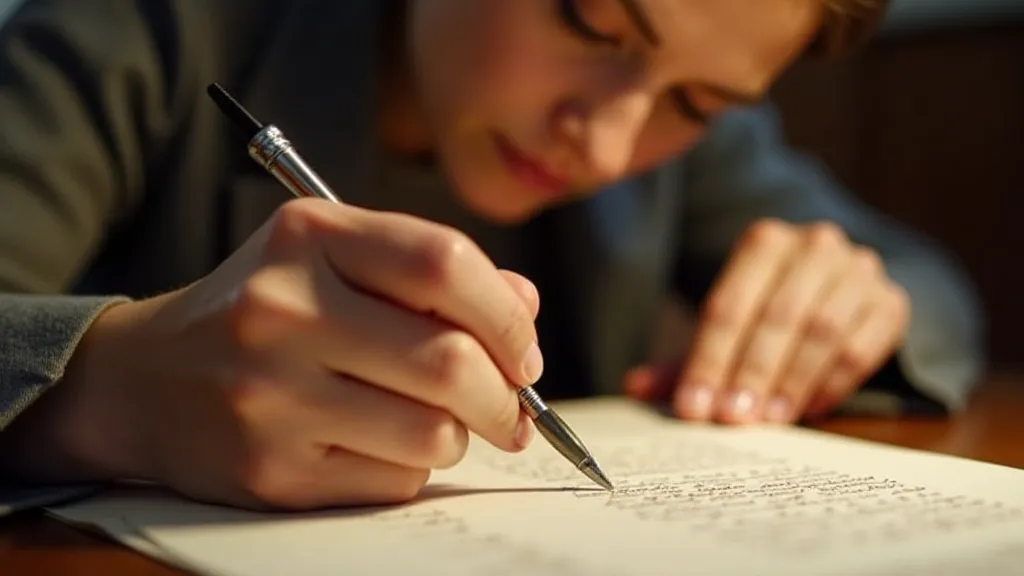
Pressure Points: Recognizing Discrepancies
Right-handed scribes often apply a subtle forward pressure on the page, influencing the width and shape of the strokes. As left-handed calligraphers, we need to be acutely aware of this discrepancy and actively compensate for it. We might need to apply slightly less pressure, or adjust the angle of the hand to counteract the natural tendency to lean into the script. This requires a level of self-awareness and control that goes beyond simply copying the letterforms.
The parchment itself plays a vital role. Older parchment often has a unique texture and absorbency, different from modern papers. Understanding how the ink interacts with the parchment is essential for achieving the desired effect. It’s a delicate dance between the hand, the quill, and the surface. The search for the right tools and finding your individual style is a key part of this journey.
Beyond Replication: A Collector’s Perspective
For those interested in historical calligraphy, there’s more than just replicating the scripts. Collecting antique manuscripts offers a unique window into the past, a tangible connection to the artisans who created them. Understanding the nuances of different scripts, the variations in handwriting, and the telltale signs of authenticity requires a keen eye and a deep knowledge of the subject.
Recognizing the characteristics of a genuine 15th-century textura, for example, is different from spotting a later forgery. The quality of the parchment, the type of ink used, and even the slight imperfections in the handwriting can all provide clues to a manuscript's authenticity. Learning about the unique characteristics of different scripts is an ongoing process, and often involves a personal exploration of the artistic and historical elements intertwined. Even the act of choosing the right color for a script can add a layer of complexity - a thoughtful consideration that's often discussed in articles like The Saffron Thread: Imbueing Your Calligraphy with Personal Narrative.
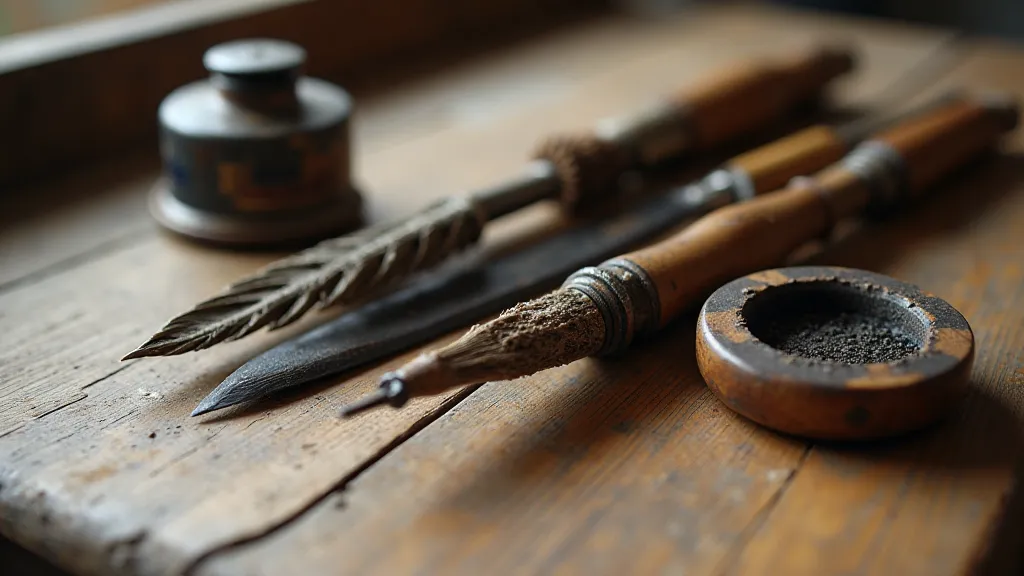
The Enduring Legacy: A Left-Handed Connection
As a left-handed calligrapher, approaching historical scripts is a challenge, but it's also an opportunity. It’s a chance to engage with the past in a uniquely personal way, to understand the struggles and triumphs of those who came before us. It’s a lesson in humility, a recognition that even the most seemingly straightforward task requires a profound respect for the craft and a willingness to learn from our mistakes. The exploration doesn’t just stop at the technique; it's also about appreciating the history and the stories behind the work. It's a journey of discovery, and often, a profound connection to the creators of these ancient scripts. Consider the intricate details and considerations in adding botanical elements to your calligraphy, just as the historical artisans did. Many calligraphers find inspiration in The Verdant Script: Integrating Botanical Elements into Your Left-Handed Calligraphy as a way of both honoring tradition and forging a unique path.
The parchment’s lament isn’t just the fading echo of a vanished era; it's a call for us to listen, to understand, and to carry on the legacy of those who have shaped the written word. And for those of us who wield the quill with our left hand, it’s a reminder that even in mirroring the past, we can find our own unique voice.
